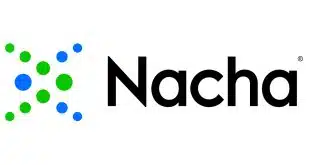More evidence of the possible damage being done by phishing to e-commerce emerged in survey results released today by technology research firm Gartner Inc., Stamford, Conn. The survey, which was completed last month and canvassed 5,000 adult Web users, indicates that 30 million users think they have definitely been a victim of a phishing attack, while another 27 million think they have seen something that looks like one. More ominously, Gartner estimates, based on the data, that about 19% of these victims, or almost 11 million Internet users, responded to a phishing e-mail by clicking on a link embedded in it. The survey reveals that 3% of those attacked?nearly 2 million users?say they gave phishing fraudsters sensitive financial information. Nor is the problem showing any signs of abating. Just the opposite: The survey shows that fully 76% of the known or suspected phishes occurred within the past six months. Gartner says identity theft made possible by phishing cost banks and credit card issuers in the U.S. about $1.2 billion in 2003. “Any way you look at it, the crooks are achieving their goals with the execution of phishing attacks,” said Avivah Litan, Gartner vice president and research director, in a statement. “Service providers have no choice but to combat these fraudulent e-mails if networked computing is to become more trusted as a favored channel for customer transactions.” Phishing refers to the practice by criminals of broadcasting e-mails with embedded links to Web sites, where users are asked to enter account numbers and other sensitive financial data. The bogus sites typically use convincing logos and other graphics to give the appearance of being those of well-known and reputable financial-service companies. Visa and PayPal have been among the most popular targets of phishers.
Check Also
Affirm Expands Its Credit Reporting to TransUnion
Buy now, pay later platform Affirm Holdings Inc. early Tuesday announced it will begin credit …





